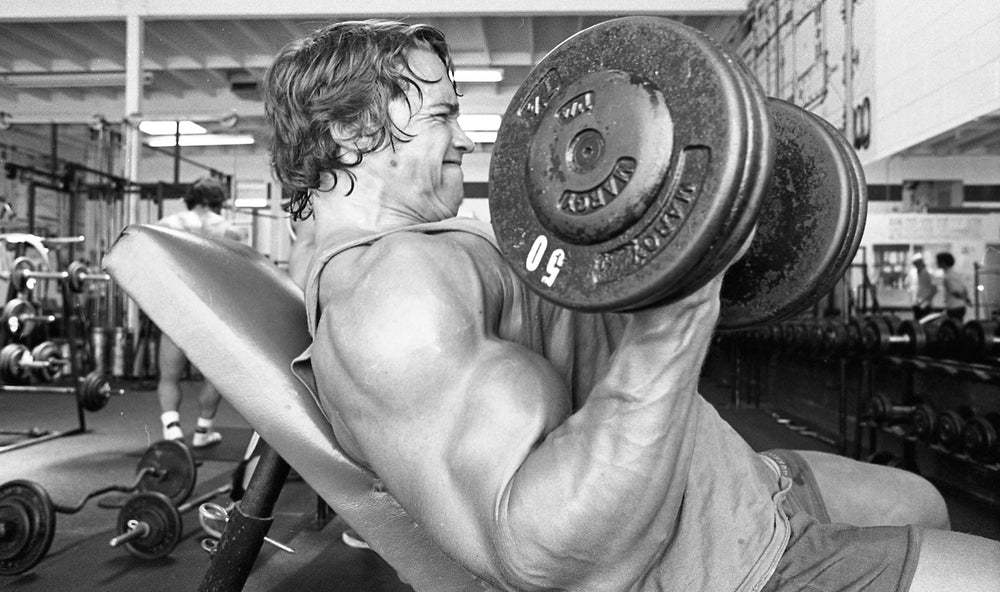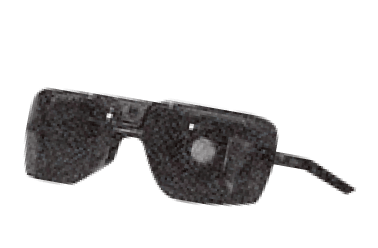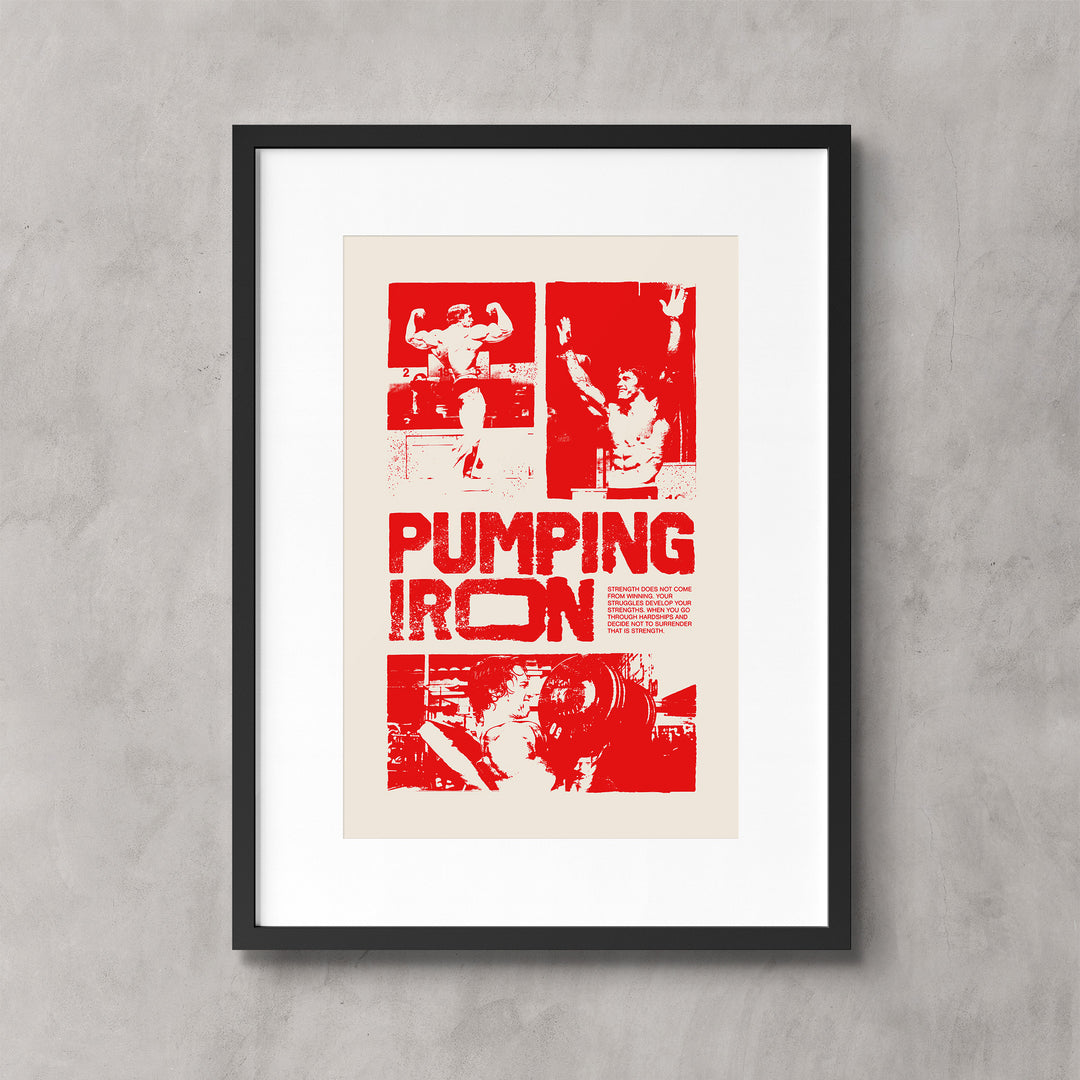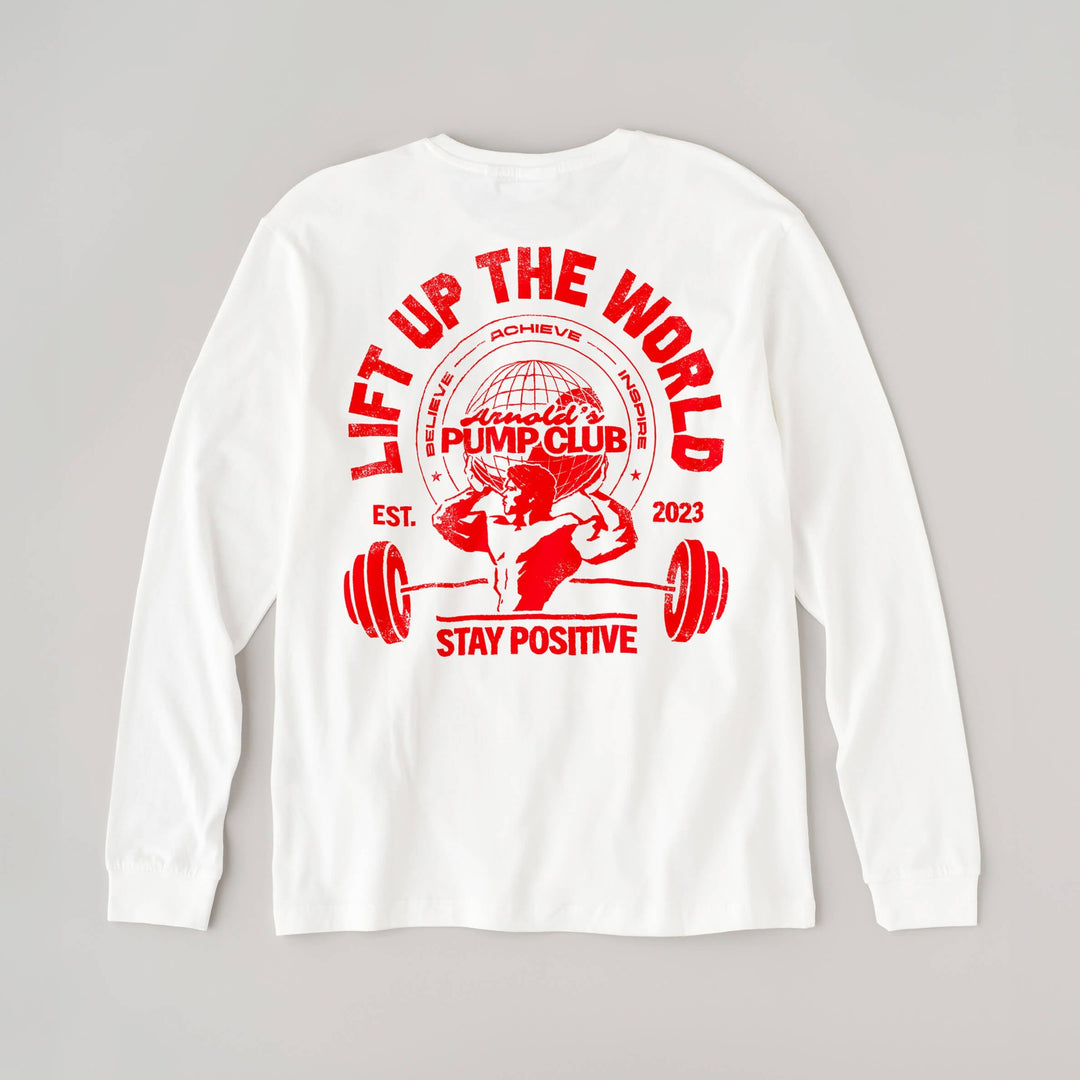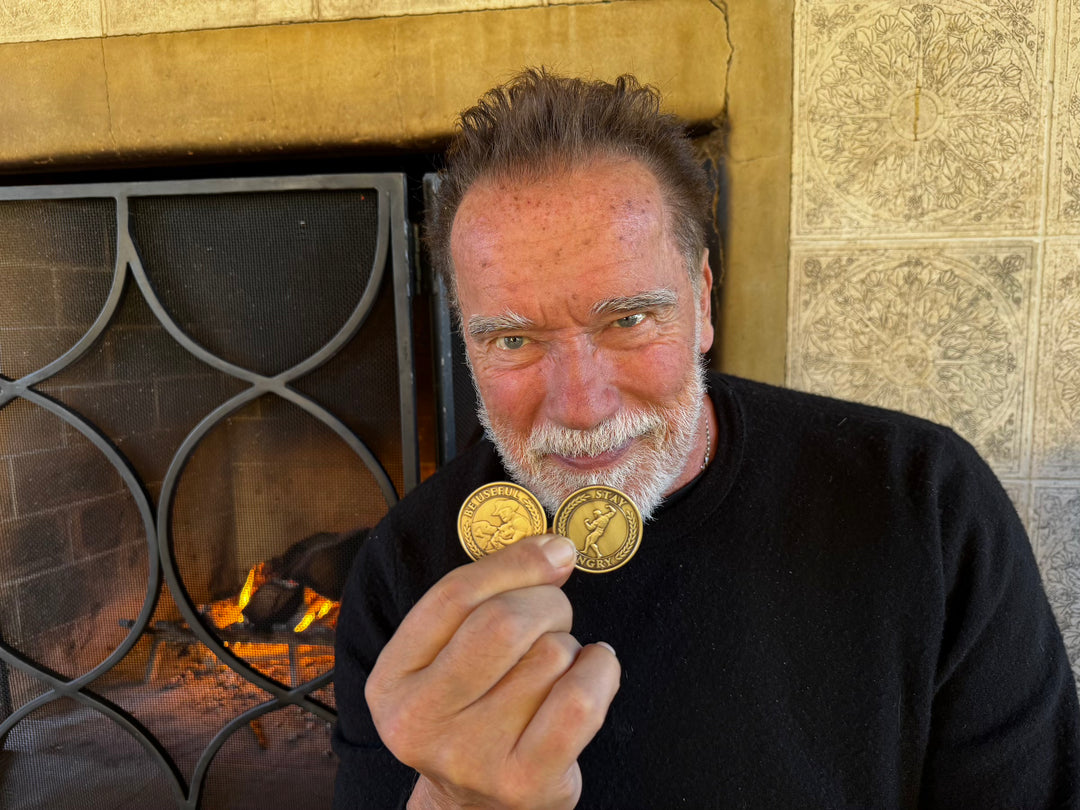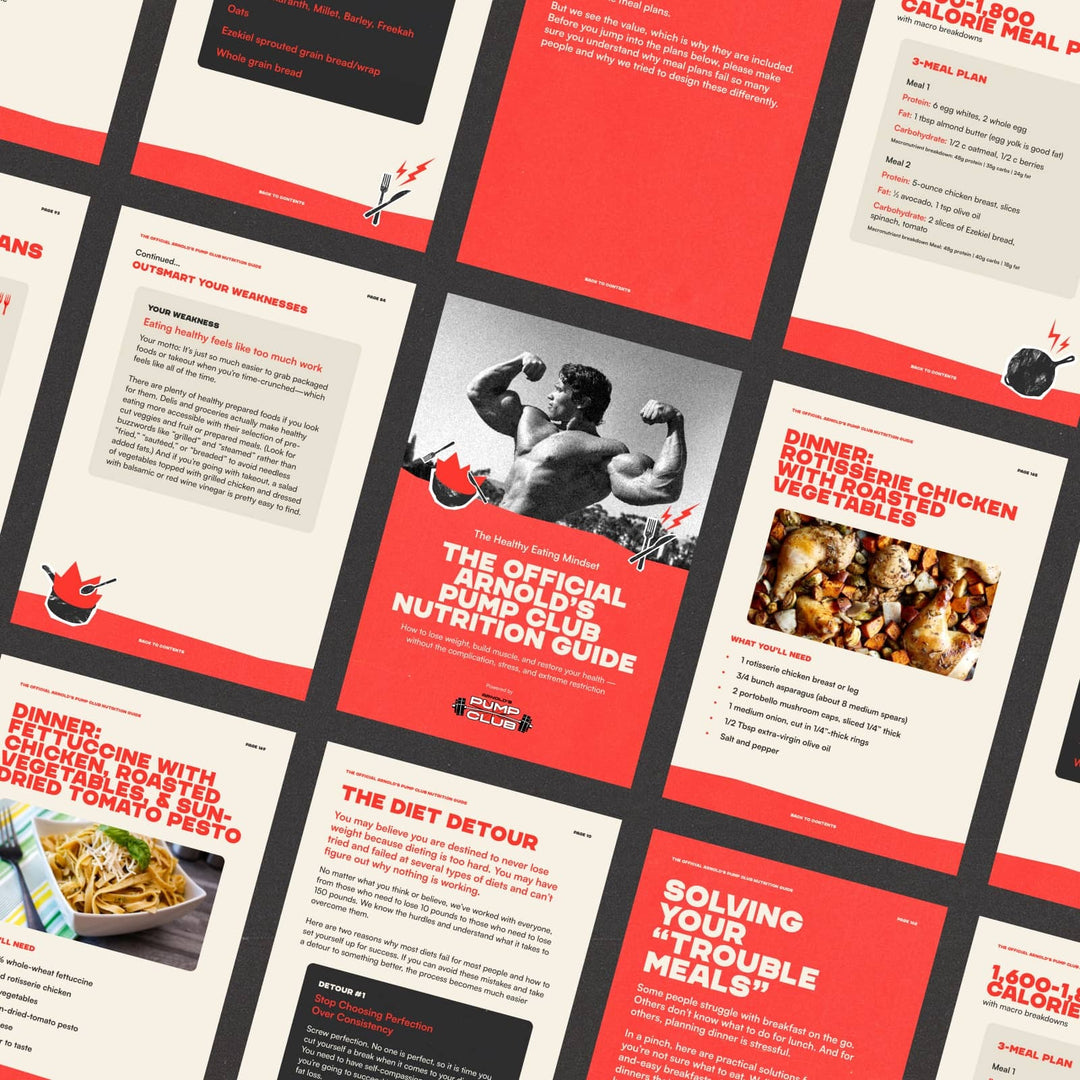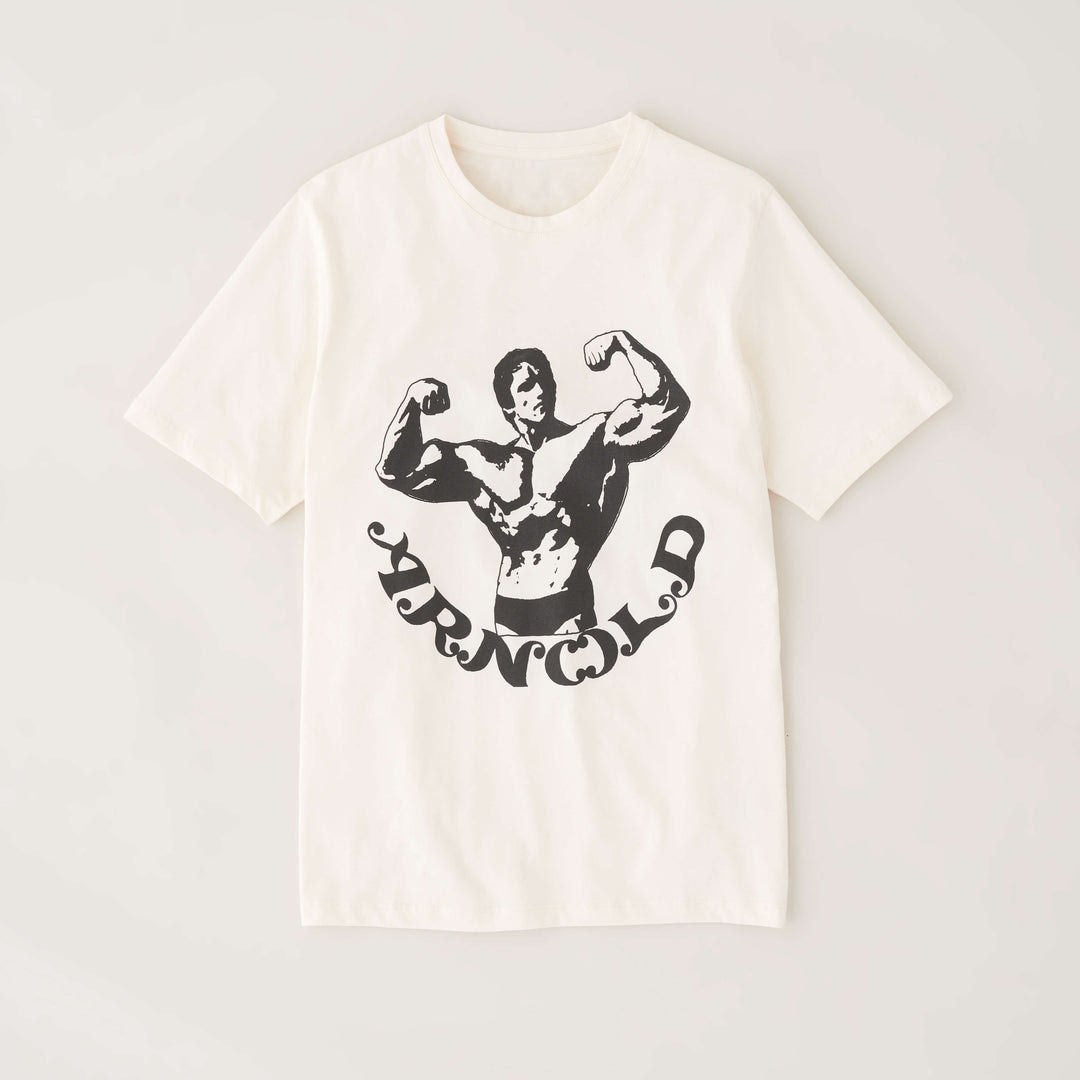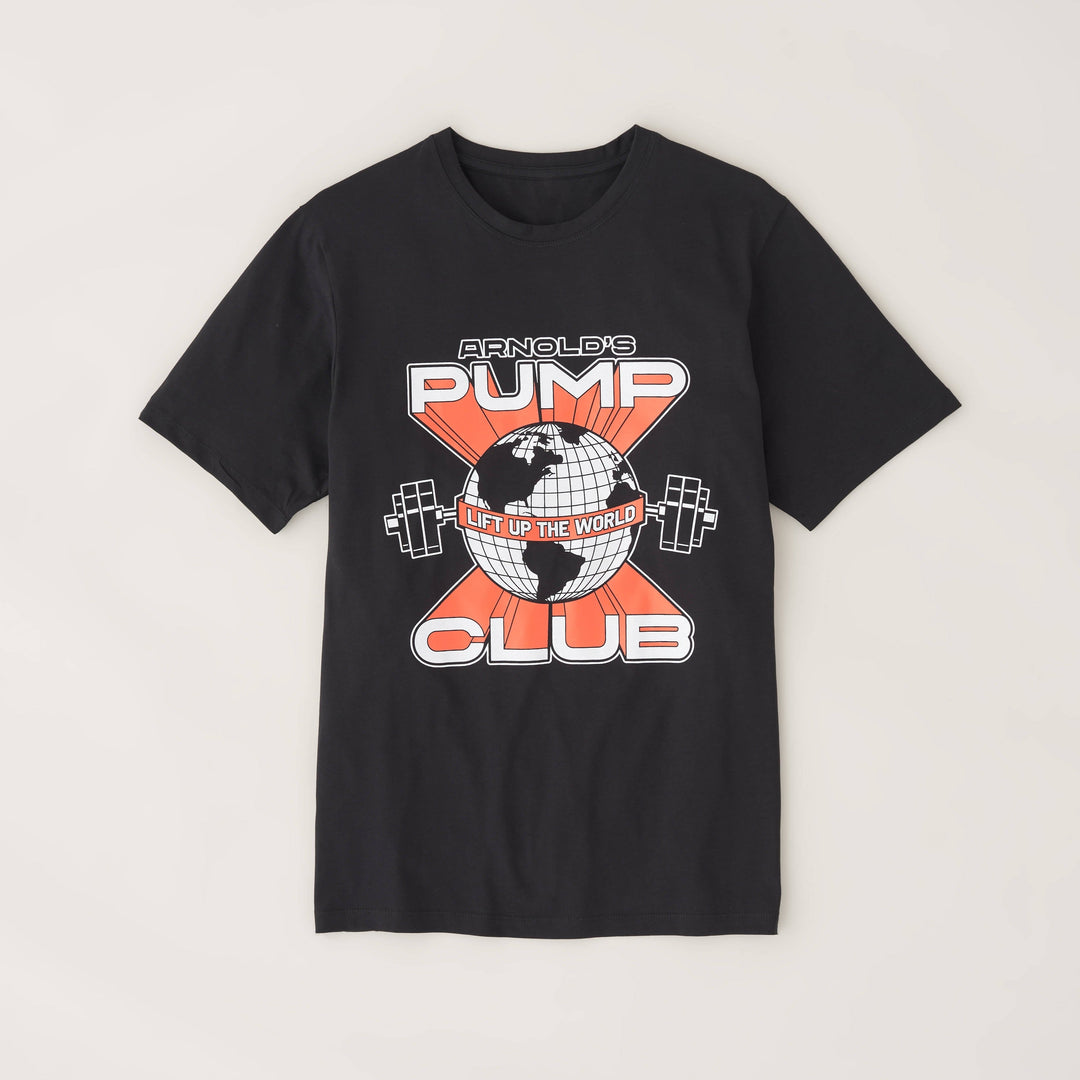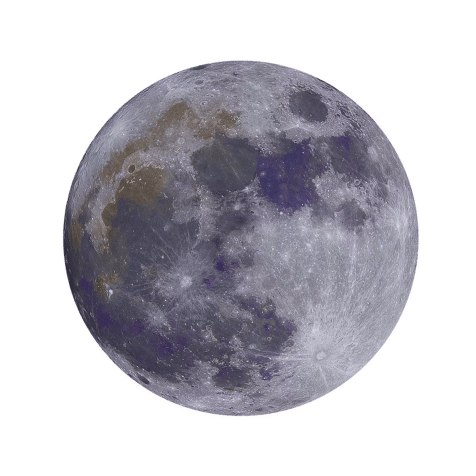Welcome to the positive corner of the internet. Every weekday, we make sense of the confusing world of wellness by analyzing the headlines, simplifying the latest research, and offering quick tips designed to make you healthier in less than 5 minutes. If you were forwarded this message, you can get the free daily email here.
Today’s Health Upgrade
The life expectancy calculator
A natural testosterone boost?
Snooze juice
Arnold’s Podcast
Want more stories from Arnold? Every day, Arnold’s Pump Club Podcast opens with a story, perspective, and wisdom from Arnold that you won’t find in the newsletter. And, you’ll hear a recap of the day’s items. You can subscribe on Apple, Spotify, Google, or wherever you listen to podcasts.
The Life Expectancy Calculator
Are you curious about how much longer will you live?
Life expectancy calculators claim they can determine how many years you have left, even when you provide only a little information, such as where you live. You can test your lifespan based on your geography here.
By inputting your age and location, you can see how long you’re estimated to live and compare it to other regions worldwide. (Editor’s note: According to my calculation, I’m “only” going to live another 38 years.”)
If you want to increase your probability of a longer life, the data is pretty clear. Research on more than 400,000 people found that one hour of moderate-intensity cardiovascular exercise reduces your mortality risk by about 15 percent, and that increases to 27 percent if you do three hours per week.
Cardio is great, but if your goal is living as long as possible — and having a higher quality of life — you want to make sure you pump some iron, too.
The researchers found that adding at least two weekly resistance training workouts to your cardio reduces your mortality risk by 40 percent. That’s like comparing a non-smoker to someone who smokes half a pack per day.
Just a reminder that while there’s no shortage of people selling longevity cures, exercise is still your best bet. A 30-year study found that men and women who prioritize healthier lifestyles — focusing on consistent exercise and high-quality diets — are 82 percent less likely to die from cardiovascular disease and 65 percent less likely to die from cancer compared to those who don’t practice those behaviors.
A Natural Testosterone Boost?
Can your workout preferences change your hormones? Maybe — but not in the way you might think.
A recent study suggests that high-intensity interval training boosts testosterone.
Scientists observed sedentary men on a 12-week program where they performed three HIIT (high-intensity interval training) workouts per week. These workouts consisted of four sets of four-minute sprints, each followed by three minutes of rest. (One could argue you can’t truly “sprint” for four minutes, but that’s a separate conversation). The goal was to sprint at an intensity where the participants achieved 80 to 90 percent of their estimated maximum heart rate and then recovered at about 55 to 65 percent of their maximum heart rate.
The participants increased their testosterone up to 16 percent by the end of the program (a 37 to 45 ng/DL increase).
So, is high-intensity exercise the testosterone boost you need? Maybe. The hard part is that many variables influence testosterone levels, including muscle gain, fat loss, stress reduction, and sleep quality. In the HIIT group, the participants lost fat and gained muscle — both of which increases testosterone. And we know from prior research that consistent exercise can also lower stress and improve sleep, which also can boost the Big T (although these variables weren’t measured).
So, it might not be the type of exercise that boosts testosterone as much as the outcome of your efforts. Any type of exercise that builds muscle and decreases body fat could lead to a similar outcome.
The real secret is following a program consistently, balancing intensity and recovery, and progressively making your workouts harder. If you want a sense of how to structure your workouts to find that balance, you can check out The Pump app and try it for free for seven days.
Snooze Juice
If you want a nightcap to help you sleep, alcohol is not your best bet. While it might help you fall asleep sooner, it will also lead to more nighttime disruptions, worse heart rate variability, and lower sleep quality and recovery.
If you’re looking for a drink that helps you fall and stay asleep without the downsides, research suggests tart cherry juice could be a natural way to support better sleep.
Your sleep is affected by many behaviors. So checking in on your stress, daily movement, and how much you use technology at night are the first things to improve. If you’ve removed sleep disruptors, tart cherry juice could help because it’s packed with melatonin and can increase tryptophan, which can improve your natural production of melatonin and help you sleep.
In some studies, drinking tart cherry juice appears to help people fall asleep faster, stay asleep longer, and have a higher percentage of deep sleep.
More research is needed to determine if age, exercise level, or other variables determine the effectiveness of tart cherries. But it appears to be a low-risk option, especially if you’re struggling with sleep. In fact, one study suggests tart cherries are even a good way to help with insomnia.
If you’re going to juice your sleep protocol, the research suggests 30 ml of tart cherry juice concentrate or about 250 ml of regular tart cherry juice about one to two hours before sleep.
—
Publisher: Arnold Schwarzenegger
Editors-in-chief: Adam Bornstein and Daniel Ketchell
